Home>Gardening & Outdoor>Outdoor Recreation & Activities>How To Measure Trampoline Sizes
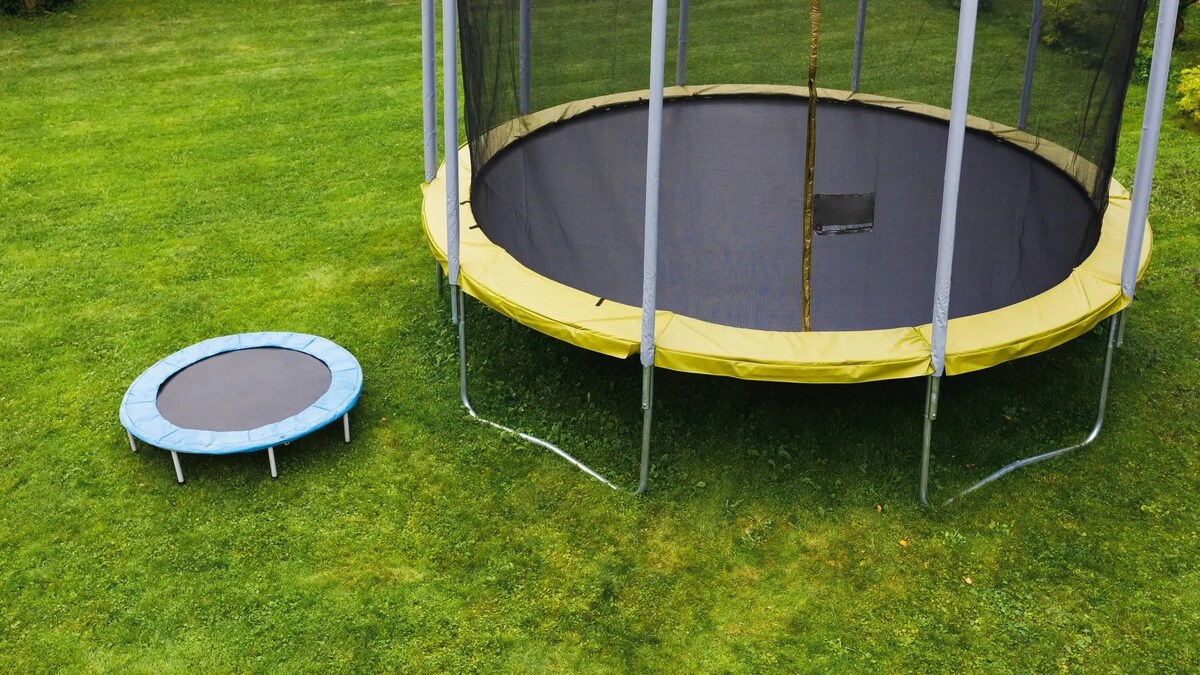

Outdoor Recreation & Activities
How To Measure Trampoline Sizes
Modified: January 14, 2024
Learn how to measure trampoline sizes for outdoor recreation and activities. Find the right size trampoline for your backyard fun!
(Many of the links in this article redirect to a specific reviewed product. Your purchase of these products through affiliate links helps to generate commission for Storables.com, at no extra cost. Learn more)
Introduction
Welcome to the exciting world of trampolines! Whether you’re a first-time trampoline buyer or looking to upgrade to a larger model, understanding trampoline sizes is crucial to making an informed decision. Trampolines come in a variety of sizes, each offering unique benefits and considerations. By delving into the specifics of trampoline sizing, you can ensure that you select the perfect trampoline for your needs, whether it’s for recreational use, fitness, or professional training.
In this comprehensive guide, we will explore the intricacies of trampoline sizes, providing you with the knowledge and confidence to make the right choice. From measuring the diameter and frame size to determining the bounce area, we’ll cover everything you need to know to accurately assess trampoline sizes. So, let’s bounce right in and demystify the world of trampoline dimensions!
Key Takeaways:
- Trampoline sizes are crucial for safety and enjoyment. Measure the diameter and frame size to ensure it fits your space. Consider bounce area for a fulfilling experience.
- Understanding trampoline sizes empowers confident decision-making. Consider space, usage, and bounce area to select the perfect trampoline for your needs.
Read more: How To Measure A Trampoline Spring
Understanding Trampoline Sizes
Trampolines are available in various sizes to cater to different age groups, spaces, and usage preferences. The size of a trampoline is typically determined by its diameter, which directly influences the available jumping area and the overall footprint of the trampoline. Common trampoline sizes include 8ft, 10ft, 12ft, 14ft, and 15ft, with larger commercial trampolines ranging up to 16ft and beyond.
When considering trampoline sizes, it’s essential to factor in the available space in your yard or designated trampoline area. Additionally, the intended usage, such as recreational jumping, gymnastics training, or group activities, will influence the ideal trampoline size for your needs. Understanding the dimensions and their implications will empower you to make an informed choice that aligns with your requirements and space constraints.
Furthermore, the size of the trampoline directly impacts its stability and weight capacity. Larger trampolines typically offer a higher weight limit, making them suitable for multiple users simultaneously. On the other hand, smaller trampolines are often preferred for younger children or compact outdoor spaces.
By comprehending the significance of trampoline sizes and their implications on usage, space, and stability, you can confidently navigate the selection process. Next, we’ll delve into the specifics of measuring the diameter and frame size of a trampoline to facilitate your decision-making process.
Measuring the Diameter of a Trampoline
Accurately measuring the diameter of a trampoline is essential for determining its size and suitability for your space. The diameter refers to the distance across the trampoline from edge to edge, passing through the center. To measure the diameter, follow these simple steps:
- Clear the Trampoline Area: Begin by clearing the area around the trampoline to ensure unobstructed access to the outer edges.
- Locate the Center: Identify the center of the trampoline by measuring the distance from the frame to the edge in multiple spots and marking the midpoint.
- Use a Measuring Tape: With the center clearly marked, extend a measuring tape from one edge, passing through the center, to the opposite edge. Ensure that the tape is taut and straight for an accurate measurement.
- Record the Measurement: Once the measuring tape spans the diameter of the trampoline, take note of the measurement in feet or meters, depending on your preference.
After obtaining the diameter measurement, you can confidently determine the size of your trampoline and compare it to the available space in your yard or designated area. This measurement will also guide you in selecting a suitable trampoline cover, enclosure, or accessories designed specifically for trampolines of that size.
Measuring the diameter of a trampoline is a straightforward yet crucial step in the trampoline selection process. By accurately determining the diameter, you can proceed to assess the frame size and other dimensions to ensure that the trampoline aligns with your requirements. Next, we’ll explore the process of measuring the frame size, providing you with a comprehensive understanding of trampoline dimensions.
When measuring a trampoline, measure the diameter from one outer edge of the frame to the opposite outer edge. This will give you the accurate size of the trampoline.
Measuring the Frame Size of a Trampoline
Understanding the frame size of a trampoline is vital for assessing its overall dimensions and compatibility with your designated trampoline area. The frame size refers to the outer dimensions of the trampoline, encompassing the frame and the jumping surface. Measuring the frame size involves determining the length and width of the trampoline, providing valuable insights into its footprint and spatial requirements.
To measure the frame size of a trampoline, follow these steps:
- Identify the Starting Point: Choose a convenient and accessible point on the outer edge of the trampoline as your starting reference.
- Measure the Length: Using a measuring tape, extend it along the length of the trampoline from one outer edge to the opposite outer edge. Ensure that the tape follows the curvature of the frame to capture the complete length.
- Record the Length Measurement: Once the length is measured, take note of the recorded measurement in feet or meters for future reference.
- Measure the Width: Similarly, measure the width of the trampoline by extending the measuring tape from one side to the other, capturing the complete width of the frame and jumping surface.
- Record the Width Measurement: After obtaining the width measurement, record the value for comprehensive understanding of the trampoline’s frame size.
By accurately measuring the frame size, you gain insights into the spatial requirements and placement considerations for the trampoline. Additionally, this information is invaluable when selecting accessories such as safety enclosures, ladder extensions, or anchor kits designed to complement trampolines of specific dimensions.
Understanding the frame size empowers you to make informed decisions regarding the placement and compatibility of the trampoline within your outdoor space. With the frame size measured and recorded, you can proceed to determine the bounce area, further enhancing your understanding of trampoline dimensions and their implications. Let’s explore the process of determining the bounce area to gain a holistic view of trampoline sizing.
Determining the Bounce Area
Understanding the bounce area of a trampoline is crucial for assessing its usability and ensuring a safe and enjoyable jumping experience. The bounce area refers to the usable surface within the trampoline’s frame where individuals can jump and perform various activities. By accurately determining the bounce area, you can gauge the available space for recreational use, fitness routines, and group activities.
To determine the bounce area of a trampoline, it’s essential to consider the following factors:
- Mat Size: Measure the diameter of the jumping mat, which should align with the overall diameter of the trampoline. The jumping mat constitutes the primary bounce area, providing ample space for users to engage in various jumping and acrobatic movements.
- Spring Coverage: Assess the distribution and coverage of the springs along the perimeter of the jumping mat. The springs contribute to the overall bounce experience and should be positioned to maximize the usable bounce area without compromising safety.
- Clearance Zone: Consider the clearance zone around the trampoline, ensuring that there are no obstructions or hazards that encroach upon the bounce area. Adequate clearance enhances safety and facilitates unrestricted movement during jumping sessions.
By factoring in these elements, you can accurately determine the bounce area and make informed decisions regarding the placement, usage, and safety considerations associated with the trampoline. Additionally, understanding the bounce area allows you to optimize the trampoline’s layout within your outdoor space and select compatible accessories such as weather-resistant mats and protective padding.
Furthermore, the bounce area directly influences the user experience, making it essential to prioritize ample space for recreational and fitness activities. By embracing a holistic approach to assessing the bounce area, you can create a safe and engaging environment for trampoline enthusiasts of all ages.
With a comprehensive understanding of the bounce area and its significance in trampoline sizing, you are well-equipped to make informed decisions and maximize the enjoyment and safety of trampoline usage. Next, we’ll conclude our exploration of trampoline sizes, summarizing the key insights and empowering you to embark on your trampoline selection journey with confidence.
Read more: How To Measure A Trampoline For A Net
Conclusion
Congratulations! You’ve delved into the intricacies of trampoline sizes, gaining valuable insights into the dimensions and considerations that shape the selection process. By understanding trampoline sizes, you are better equipped to make informed decisions that align with your space, usage requirements, and safety considerations.
Throughout this guide, we’ve explored the significance of trampoline sizes, from measuring the diameter and frame size to determining the bounce area. These fundamental aspects provide a comprehensive understanding of trampoline dimensions, empowering you to select the perfect trampoline for your needs.
When embarking on your trampoline selection journey, remember to consider the available space in your yard or designated area, the intended usage, and the age group of potential users. By aligning these factors with the insights gained from measuring trampoline sizes, you can confidently choose a trampoline that offers a perfect balance of safety, usability, and enjoyment.
Furthermore, understanding the bounce area and its implications on user experience underscores the importance of prioritizing ample space for recreational and fitness activities. By embracing a holistic approach to trampoline sizing, you can create a safe and engaging environment for trampoline enthusiasts of all ages.
As you venture into the world of trampoline selection, remember that the right trampoline size is the foundation for a fulfilling and exhilarating experience. Whether it’s for family fun, fitness routines, or professional training, the knowledge gained from this guide will serve as your compass in navigating the diverse landscape of trampoline sizes.
Armed with these insights, you are well-prepared to embark on your trampoline selection journey with confidence, ensuring that the chosen trampoline harmonizes seamlessly with your outdoor space and activity preferences. It’s time to bounce into a world of endless fun and excitement, propelled by the perfect trampoline size tailored to your unique needs.
Frequently Asked Questions about How To Measure Trampoline Sizes
Was this page helpful?
At Storables.com, we guarantee accurate and reliable information. Our content, validated by Expert Board Contributors, is crafted following stringent Editorial Policies. We're committed to providing you with well-researched, expert-backed insights for all your informational needs.
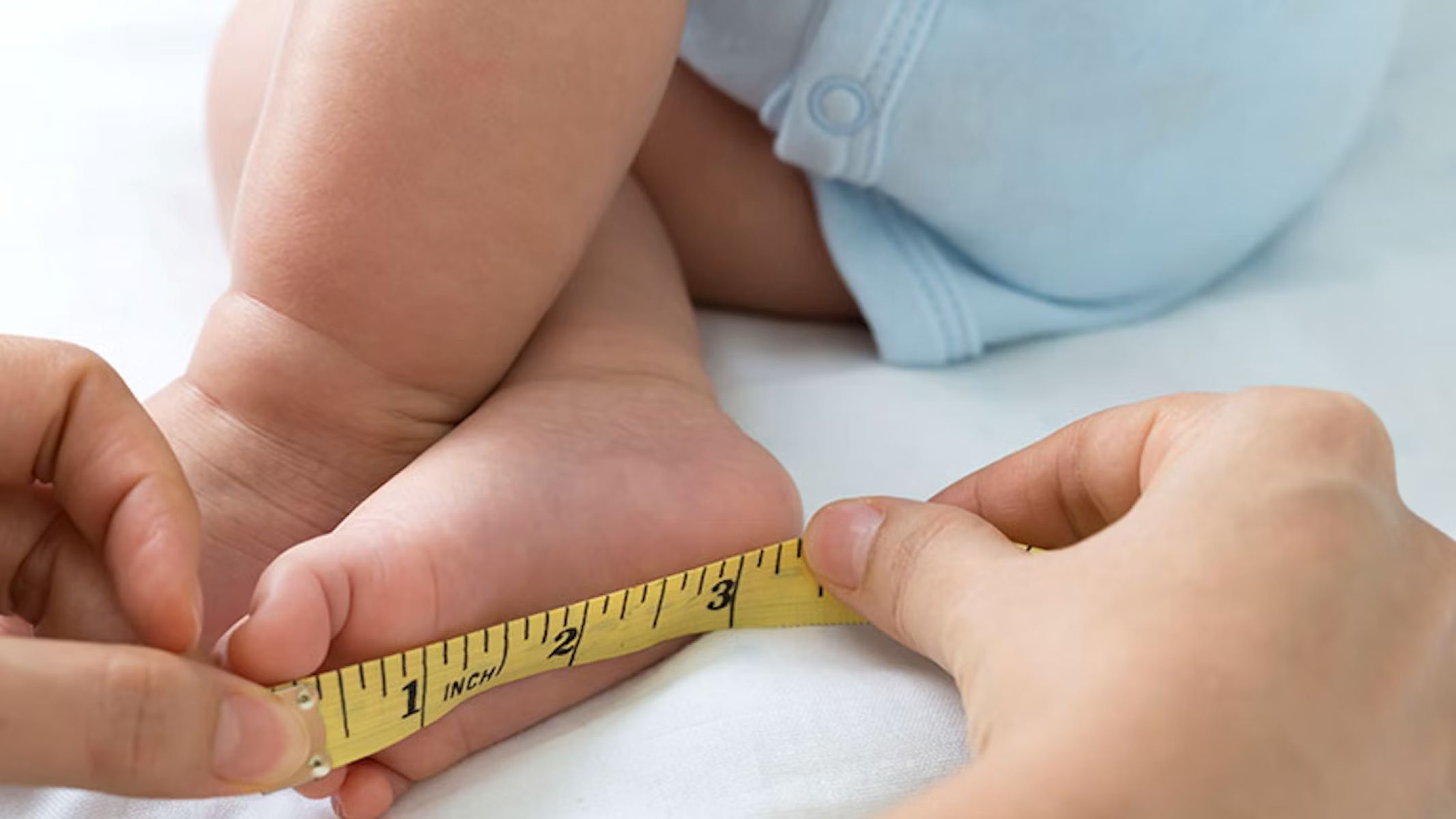
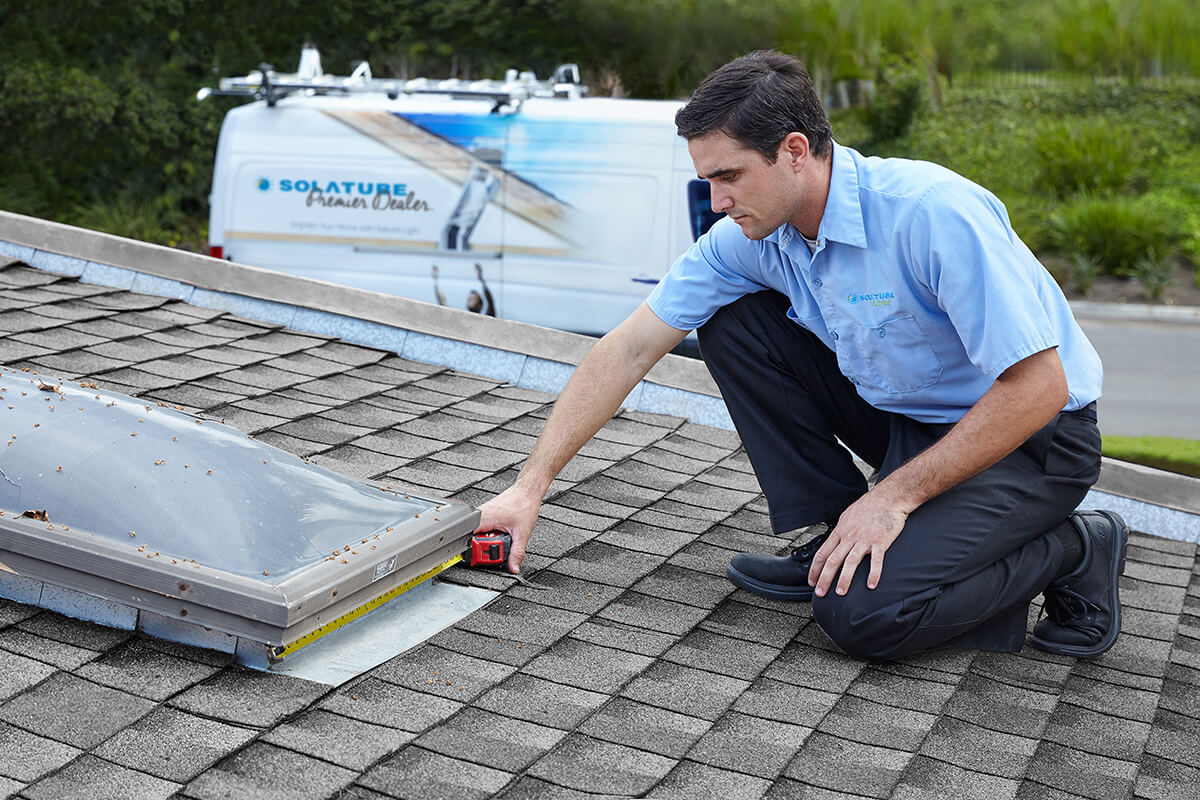
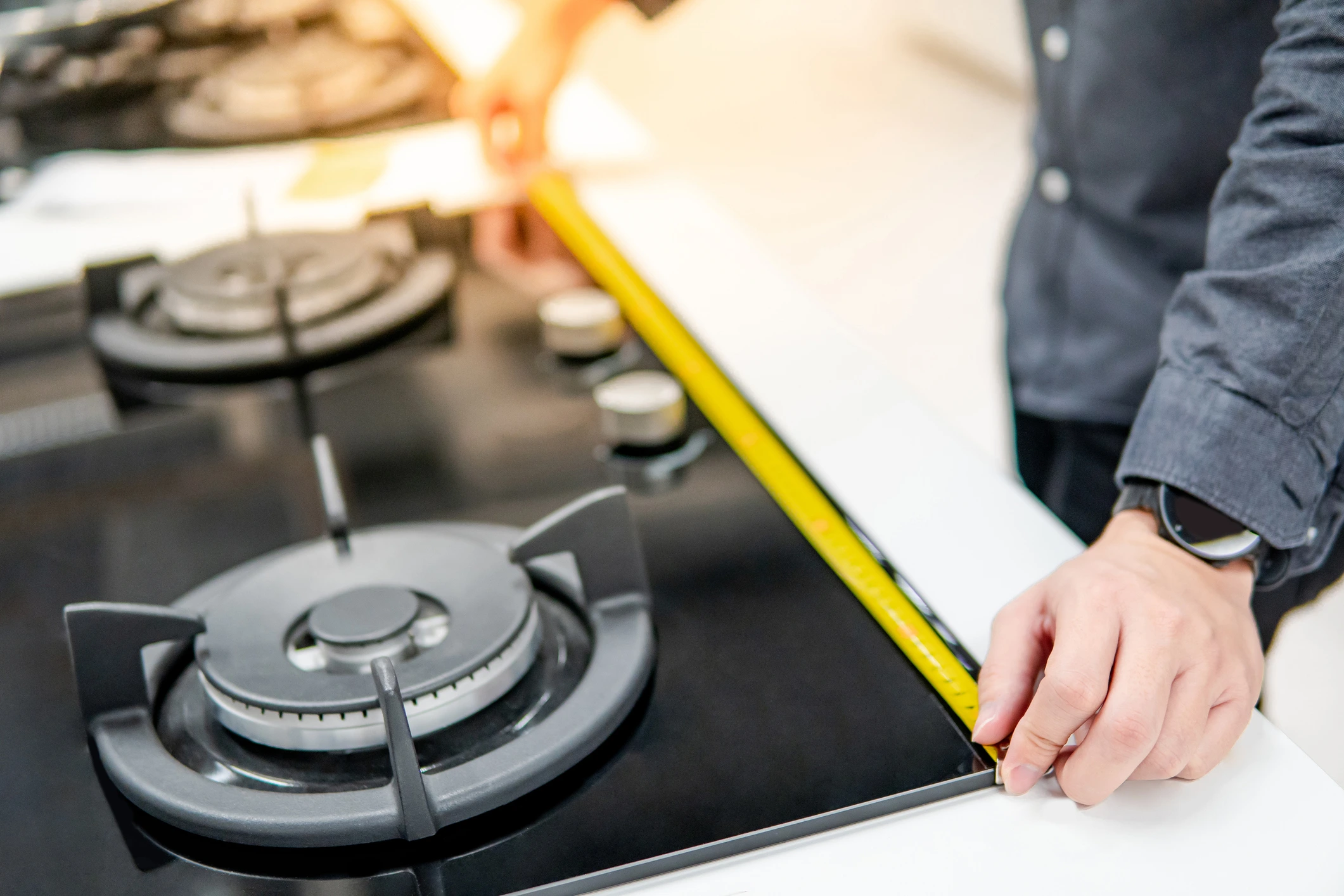
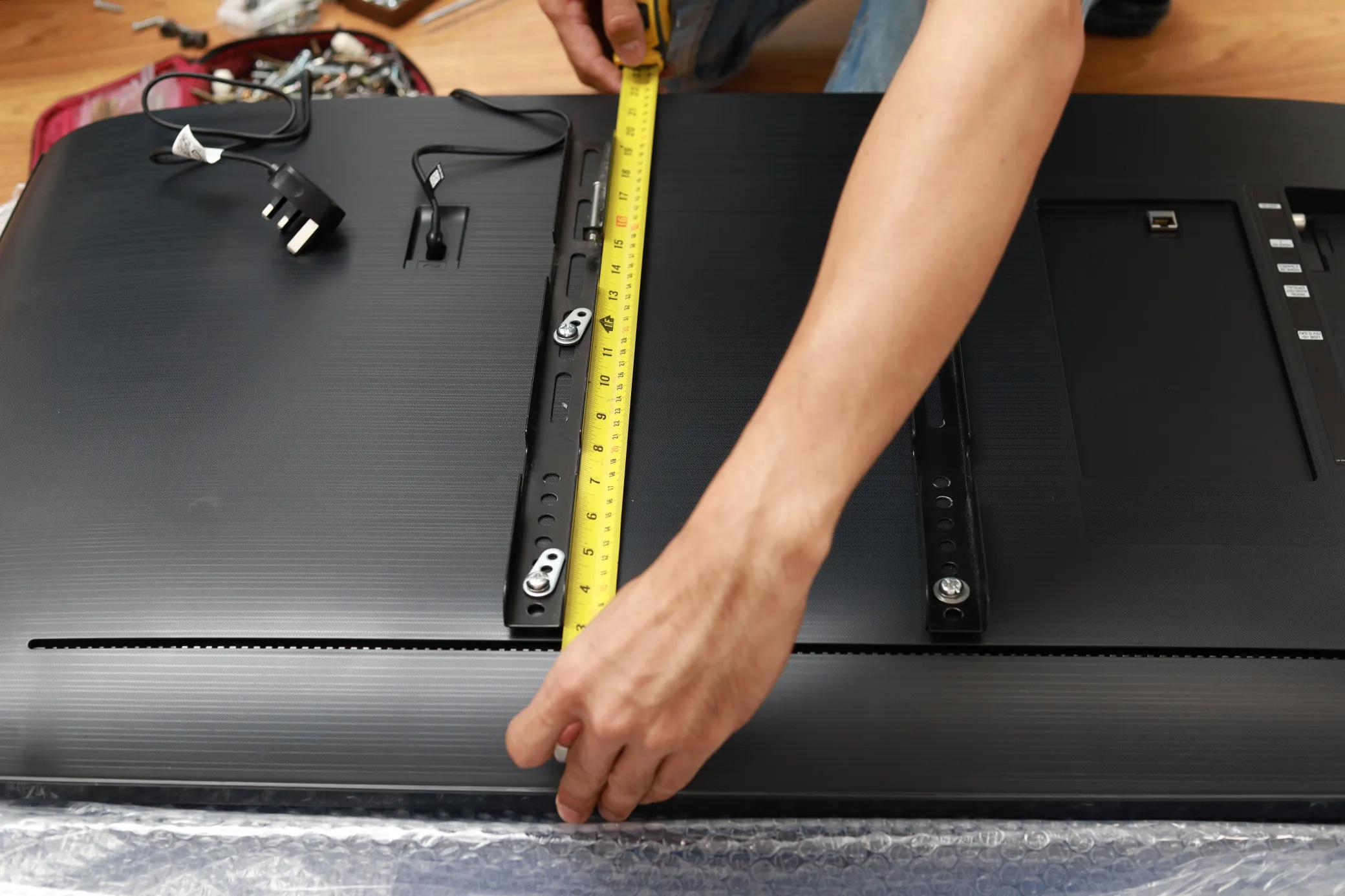
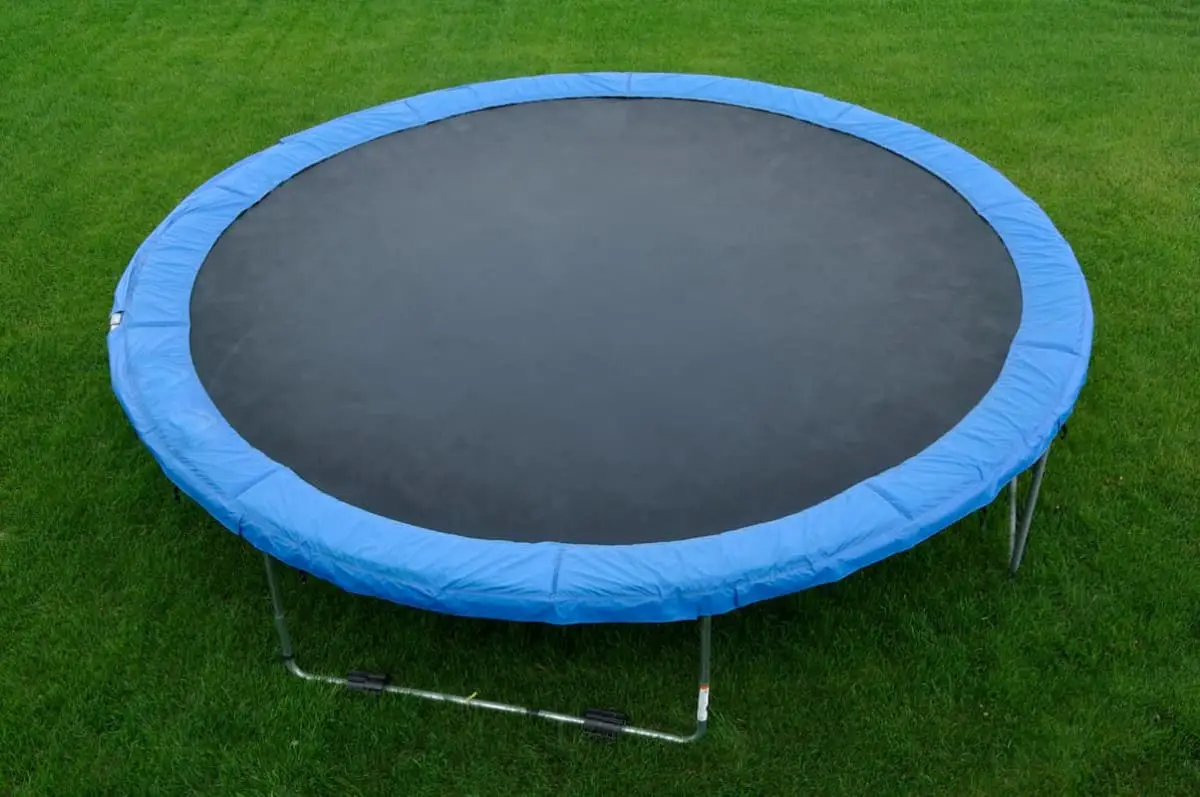
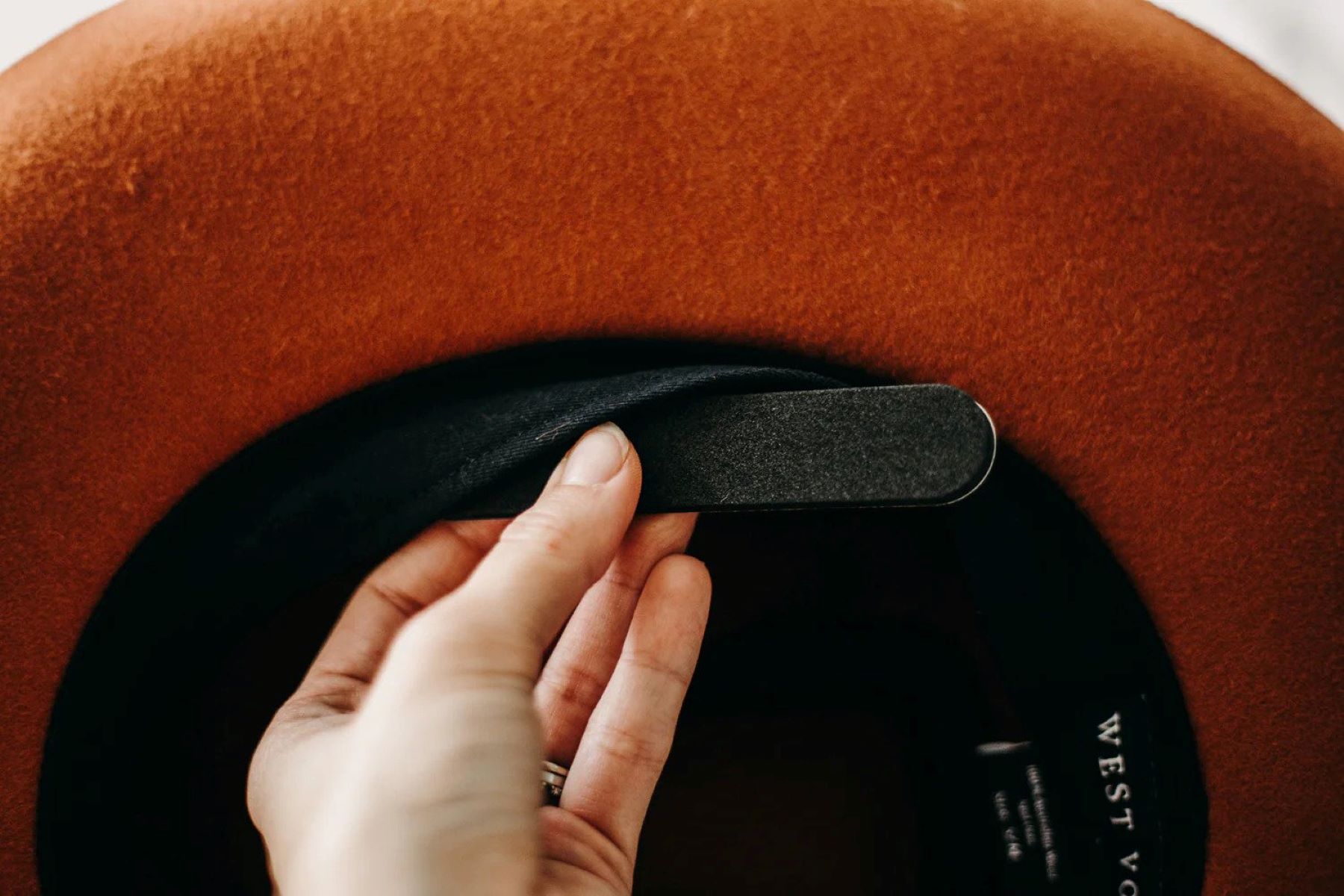

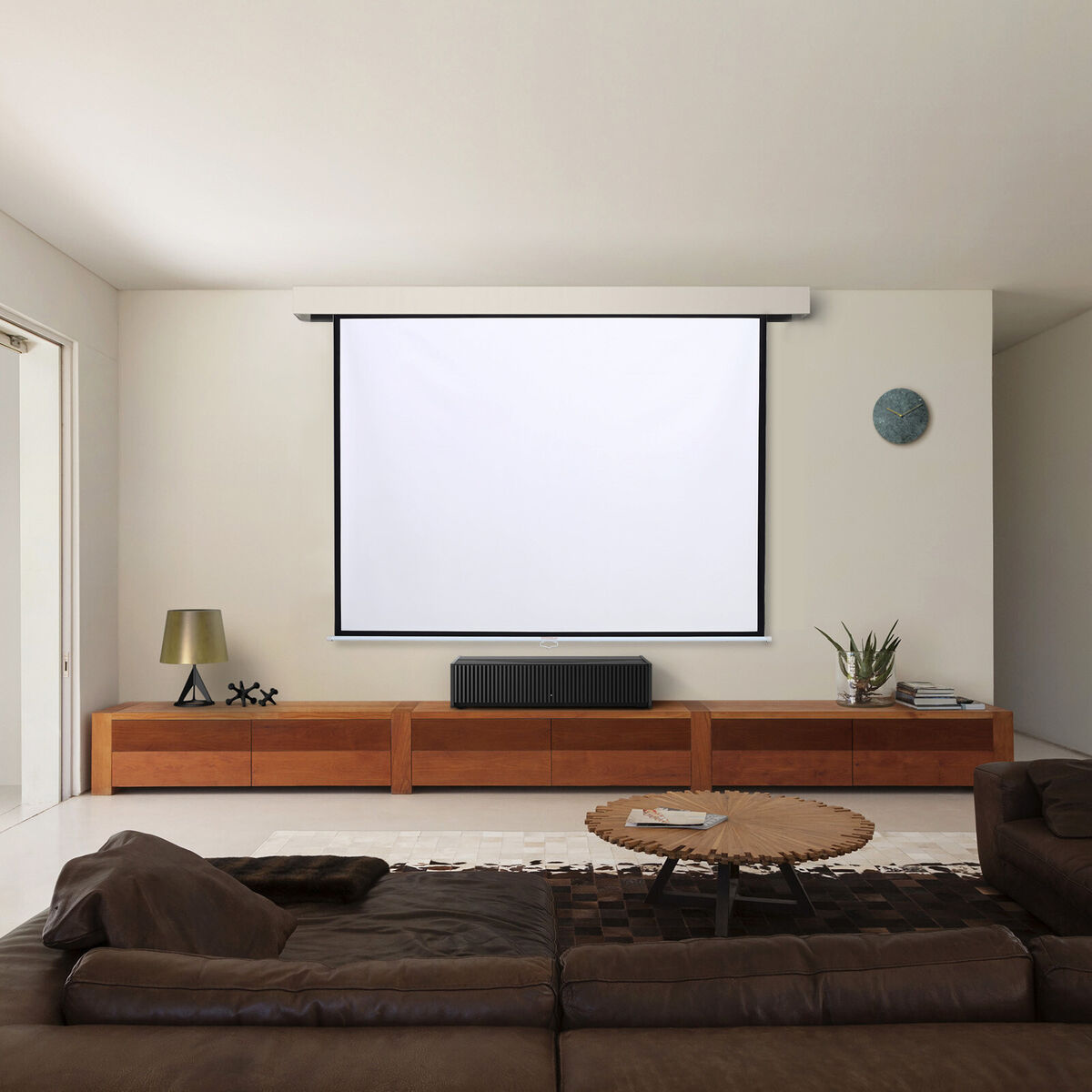





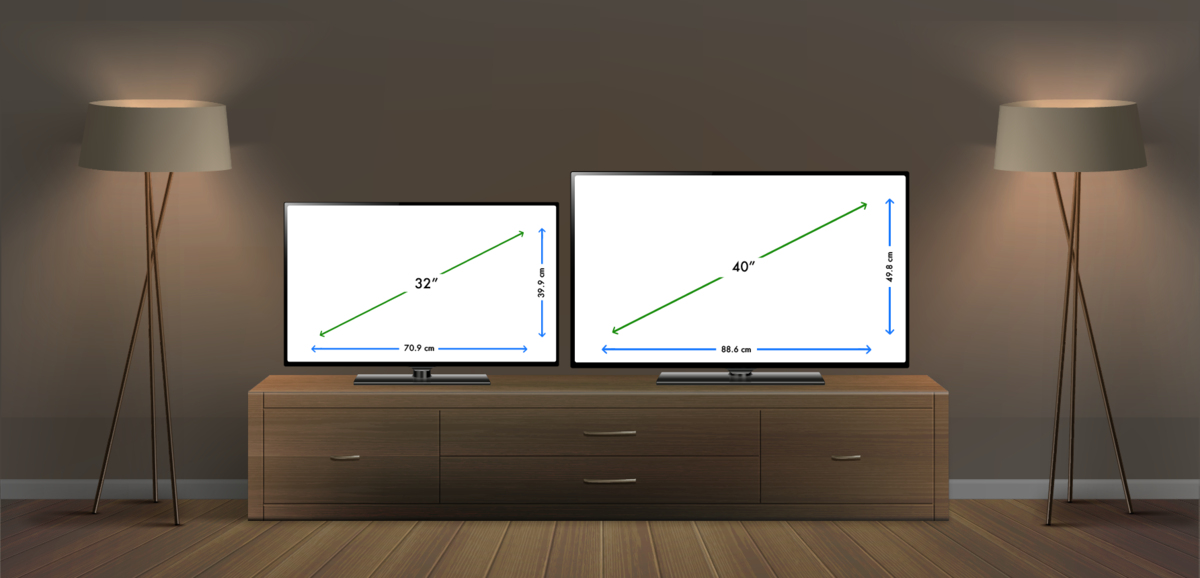

0 thoughts on “How To Measure Trampoline Sizes”